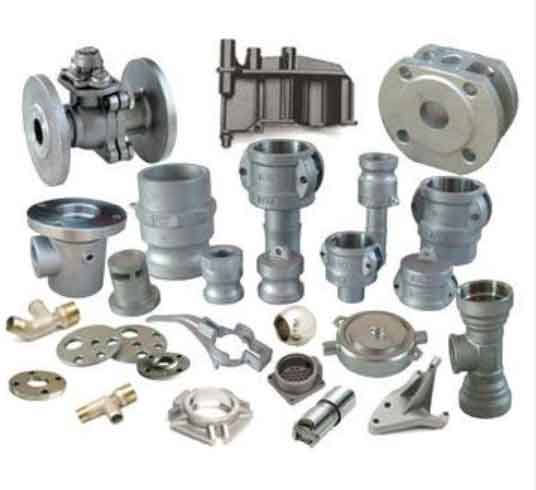Quality assurance is a critical aspect of sand casting parts production to ensure that the components meet rigorous standards and specifications. Here are some key elements of quality assurance in the sand casting process:

- Process Control and Documentation: Quality starts with process control and documentation. Sand casting manufacturers must establish and follow standardized procedures for each stage of the casting process, including mold preparation, pouring, solidification, and cooling. Proper documentation helps track the production process and ensures consistency in the final products.
- Material Testing: Quality assurance begins with the selection and testing of materials used in sand casting. Manufacturers should verify the chemical composition, mechanical properties, and overall quality of the raw materials to ensure they meet the required standards.
- Mold Inspection: Molds play a crucial role in sand casting. Regular mold inspections are conducted to check for defects, wear, or damage that could affect the quality of the cast parts. Any issues identified during the inspection are addressed promptly to avoid potential defects in the final product.
- Quality of Casting Equipment: Manufacturers need to maintain and regularly inspect their casting equipment, including pattern plates, cores, gating systems, and pouring ladles, to ensure their proper functioning. Any faulty equipment must be repaired or replaced to maintain the quality of the casting process.
- Non-Destructive Testing (NDT): NDT techniques, such as ultrasonic testing, radiography, and magnetic particle inspection, are employed to detect internal and surface defects in the cast parts without causing damage. NDT helps ensure that the parts meet safety and reliability requirements.
- Dimensional Inspection: Accurate dimensional measurements are essential to ensure that the sand cast parts meet the required tolerances and specifications. CMM (Coordinate Measuring Machine) and other precision measurement tools are used to verify the dimensions of the components.
- Quality Certifications: Reputable sand casting manufacturers often obtain quality certifications such as ISO 9001 to demonstrate their commitment to meeting international quality standards. These certifications provide customers with confidence in the quality of the parts produced.
- Continuous Improvement: Quality assurance in sand casting involves continuous improvement efforts. Manufacturers regularly review their processes and identify areas for improvement to enhance product quality and efficiency.
- Material Traceability: Maintaining material traceability is essential to track the origin and processing history of the materials used in the sand casting process. Material traceability ensures that the cast parts are made from the specified materials and are free from contamination.
- Final Inspection and Testing: Before the parts are delivered to customers, a final inspection and testing process is carried out to verify that the components meet all required specifications. This includes visual inspection, dimensional checks, and performance testing if applicable.
By implementing robust quality assurance practices, sand casting manufacturers can deliver high-quality components that meet the strictest industry standards and customer expectations. Quality assurance not only ensures the reliability of the products but also contributes to customer satisfaction and long-term business success.
